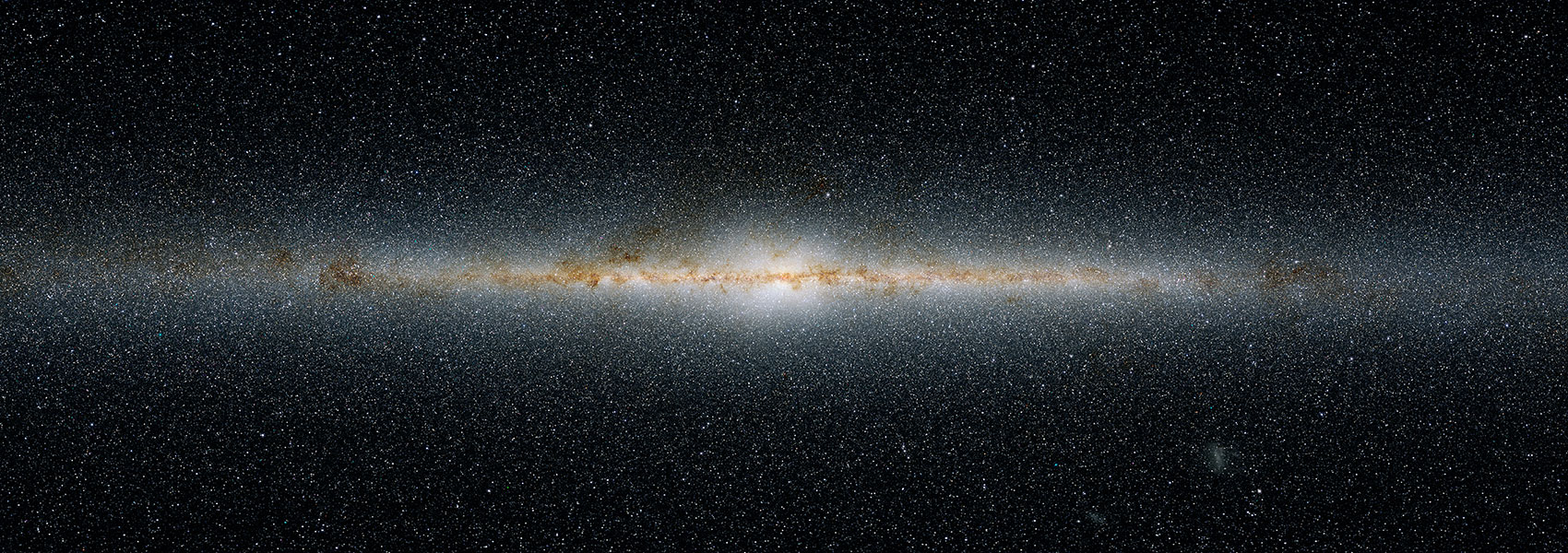May
2014
•
2014ApJ...786...61T
Authors
•
Tang, Sumin
•
Bildsten, Lars
•
Wolf, William M.
•
Li, K. L.
•
Kong, Albert K. H.
•
Cao, Yi
•
Cenko, S. Bradley
•
De Cia, Annalisa
•
Kasliwal, Mansi M.
•
Kulkarni, Shrinivas R.
•
Laher, Russ R.
•
Masci, Frank
•
Nugent, Peter E.
•
Perley, Daniel A.
•
Prince, Thomas A.
•
Surace, Jason
Abstract
•
The intermediate Palomar Transient Factory (iPTF) detection of the most recent outburst of the recurrent nova (RN) system RX J0045.4+4154 in the Andromeda galaxy has enabled the unprecedented study of a massive (M > 1.3 M ⊙) accreting white dwarf (WD). We detected this nova as part of the near-daily iPTF monitoring of M31 to a depth of R ≈ 21 mag and triggered optical photometry, spectroscopy and soft X-ray monitoring of the outburst. Peaking at an absolute magnitude of MR = -6.6 mag, and with a decay time of 1 mag per day, it is a faint and very fast nova. It shows optical emission lines of He/N and expansion velocities of 1900-2600 km s-1 1-4 days after the optical peak. The Swift monitoring of the X-ray evolution revealed a supersoft source (SSS) with kT eff ≈ 90-110 eV that appeared within 5 days after the optical peak, and lasted only 12 days. Most remarkably, this is not the first event from this system, rather it is an RN with a time between outbursts of approximately 1 yr, the shortest known. Recurrent X-ray emission from this binary was detected by ROSAT in 1992 and 1993, and the source was well characterized as a M > 1.3 M ⊙ WD SSS. Based on the observed recurrence time between different outbursts, the duration and effective temperature of the SS phase, MESA models of accreting WDs allow us to constrain the accretion rate to \dot{M} \gt 1.7\times 10^{-7}\ {M_{\odot }\ yr}^{-1} and WD mass >1.30 M ⊙. If the WD keeps 30% of the accreted material, it will take less than a Myr to reach core densities high enough for carbon ignition (if made of C/O) or electron capture (if made of O/Ne) to end the binary evolution.
Links



